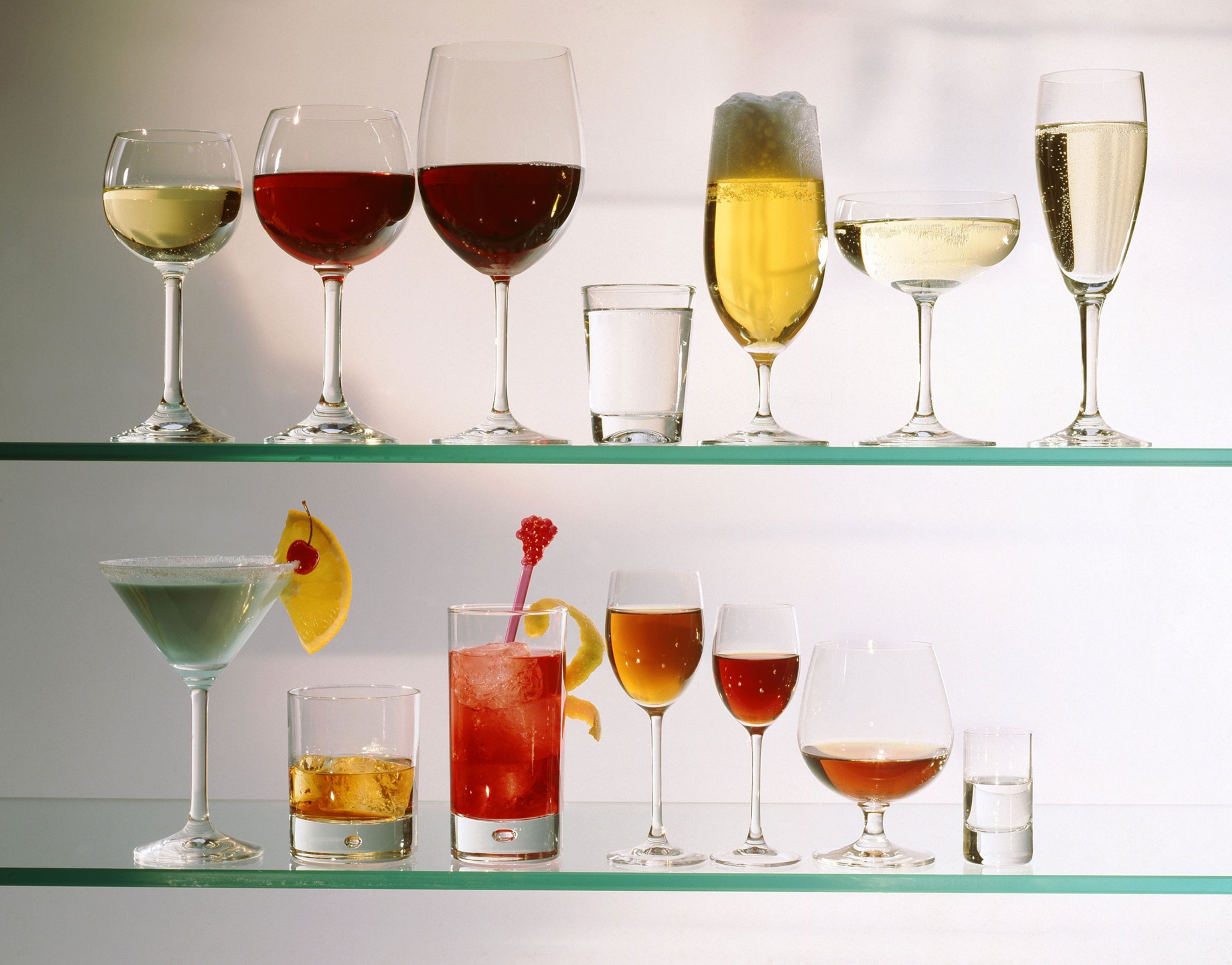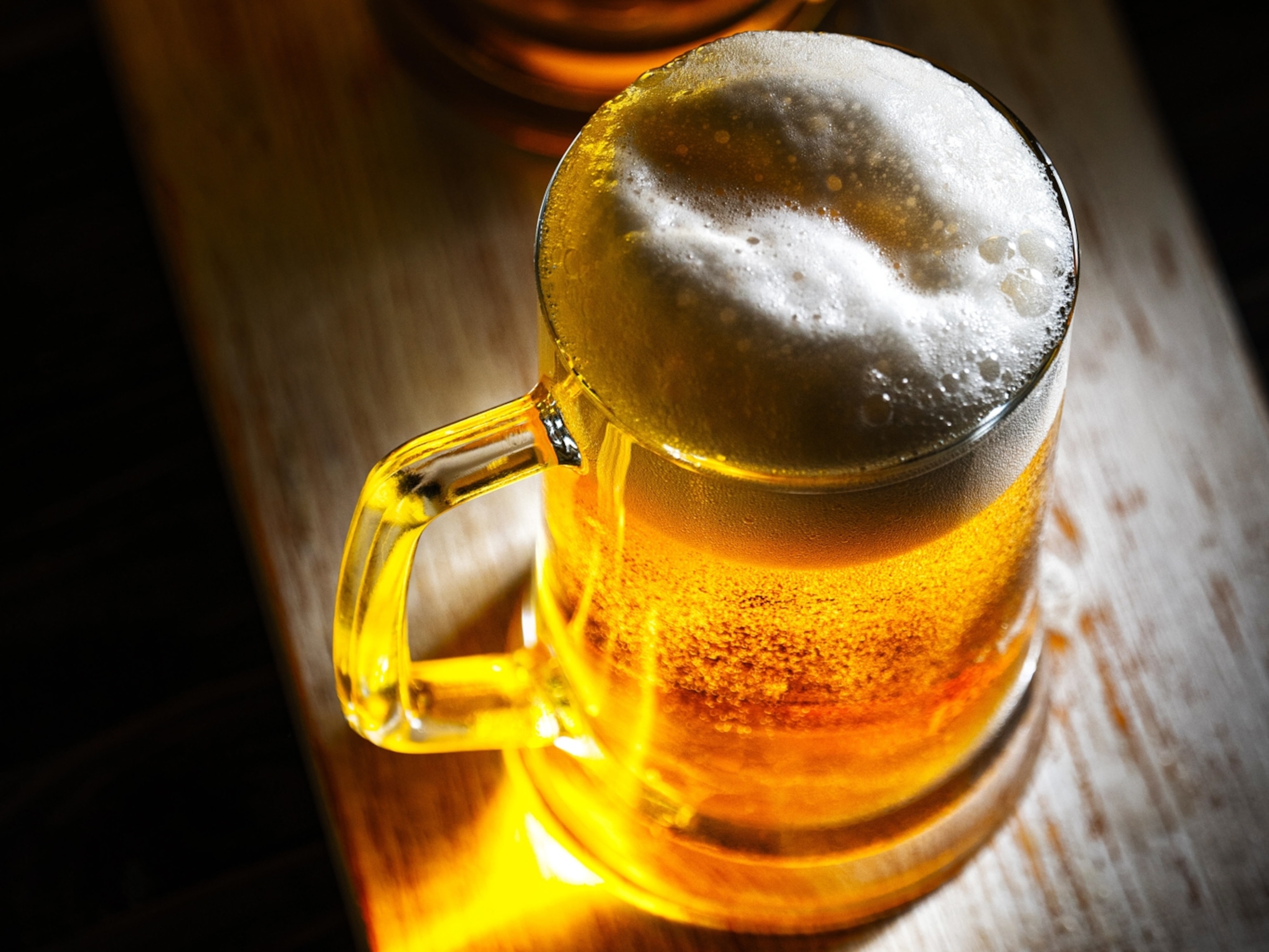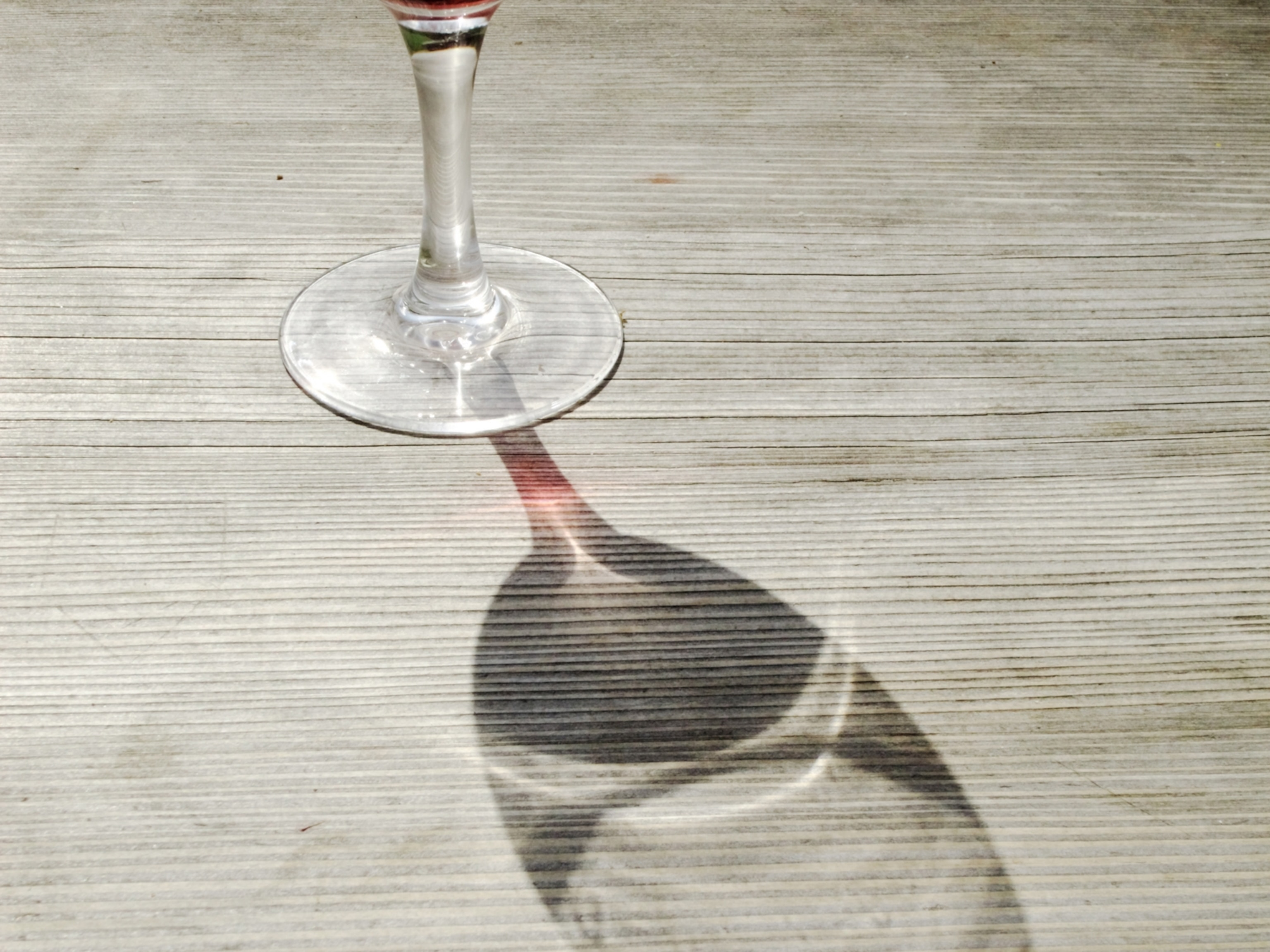
How Much Wine Is Really in Your Glass?
People aren’t great at guessing how much they’re drinking, and that can be bad for health—but new devices may help.
We hear a lot about alcohol and health. Some studies say a little bit of booze might be good for the heart. Others disagree, noting flaws in the way these studies were conducted. In any case, drinking can be a delicate titration—too little and you might be missing out on a health benefit. But too much alcohol not only feels terrible the next day, it can also be really, really dangerous.
The problem, though, is that alcohol quantities can be challenging to figure out. You might know your limit is two glasses of wine, but what size are the glasses? And how strong is that wine?
For researchers, the fact that people don’t know how much they’re drinking is one of the reasons it's challenging to pin down the positive and negative effects of different quantities of alcohol (see Is Moderate Drinking Even Moderately Good for Us? for more reasons.) Annie Britton, an alcohol epidemiologist, and her colleagues at the University College London have been studying the longterm effects of alcohol consumption in a group of civil servants in the United Kingdom since the 1980s. And since the study began, the amount of alcohol in wine has increased—as has the volume of wine poured at bars and restaurants.
But just as they did at the beginning of the study, people were still reporting one glass of wine as one unit—equivalent to eight grams of alcohol. So Britton investigated what would happen to her dataset if she started doubling the alcohol counted for people who reported drinking a single glass of wine. Unsurprisingly, the proportion of men and women who were categorized as heavy drinkers jumped. And the mortality risk associated with heavy drinkers went down a bit, possibly because this group now consisted of more wine drinkers. She published her findings earlier this month in the journal Alcohol and Alcoholism.
“We as researchers need to look into our data sets," Britton says, “Are we stuck using what we were doing 20 years ago, which may have been appropriate then, but do we, who collect these survey data, need to think that through a little bit?”
Researchers aren’t the only people who have a tough time figuring out how much people drink. Britton’s colleague Sadie Boniface, a postdoctoral scientist at King’s College London, visited stores, bars, and offices to figure out whether people can estimate how much alcohol they’re pouring. She had them pick their favorite type of alcohol, a cup that closely resembles the cups they use at home, and asked them to pour their usual glass then guess how much alcohol was in it. Somewhere around half of men and women guessed pretty close to accurately, and more actually overestimated than underestimated. By contrast, and perhaps unsurprisingly, in another study, American college students way over-poured their drinks.
Just by eyeballing it, a five-ounce pour topped off my tiny little champagne flute and filled a smallish mug about halfway up.
So, we’re not great at guessing how much we drink. How do we get better? I asked George Koob, the director of the National Institute on Alcohol Abuse and Alcoholism (NIAAA).
“There are so many individual differences,” he says. But in general, the Institute recommends no more than 14 standard drinks a week for males, and seven drinks a week for females.
In the U.S., a standard drink means something that contains 14 grams of pure alcohol—about as much as 12 ounces beer with a 5 percent alcohol content, or one five-ounce glass of wine with a 12 percent alcohol content, or a 1.5-ounce shot of distilled alcohol. But not all beers and wines have the same alcohol content, not all containers are the same sizes, and most people don’t carry around a food scale when they go out drinking.
So the NIAAA recommends getting to know what these volumes look like at home. So I grabbed my food scale, a mug, a souvenir champagne flute, and a wine glass and tried to pour five ounces of soda per cup. I over-poured two out of the three containers by nearly two ounces, but was close on the champagne flute, which topped out at 4.8 oz. After weighing out the pours in each cup, I tried again. This time I was closer: 4.8 ounces in the mug, 4.6 in the champagne flute, and 5.7 in the wineglass.
Now, obviously, none of this story constitutes medical advice. But just by eyeballing it, a five-ounce pour topped off my tiny little champagne flute and filled a smallish mug about halfway up. The wine glass was a little harder to guestimate, but five ounces was basically equivalent to three of my average-sized fingers up the side of the glass.
Koob thinks there may be better strategies coming along soon that will satisfy researchers’ desire for more accurate data and individuals’ desires to monitor their alcohol intake a lot better than my three-finger method. Earlier this year, the Institute sponsored a competition for the best wearable blood alcohol measurement device. The winner was a watch-like prototype called the BACtrack Skyn that measures the alcohol in sweat and reports the data to the user’s smartphone.
Although it’s not ready for market yet, Koob says, “We’re very excited.”
And, in the meantime, “My main take home message is everything in moderation, and know yourself and know what your vulnerabilities are,” he says. “Because the alcohol dose-effect curve is not linear. Pleasure doesn’t keep going up as you drink more.”
Anyone who has woken up with a hangover recently knows that's good advice.








